The growth in the use of mobile technology has made U.S. consumers more comfortable with safeguards as fewer are voicing concern about privacy and security on their wireless devices, according to a new global survey by KPMG.
KPMG found that 48 percent of the U.S. consumers surveyed on the use of technology (e.g. computers, smart phones, mobile applications and the internet) were very concerned about privacy when using a mobile device, which was down from 58 percent when KPMG conducted a similar survey in 2008.
 In comparison, 54 percent of consumers said they were very concerned about security in this year’s survey, compared to 65 percent in 2008. The U.S. findings on this question were lower than the global findings in the survey that consisted of more than 5,000 consumers in 22 countries. Globally, when using mobile devices, 67 percent said they were very concerned about security and 59 percent indicated they were very concerned about privacy.
In comparison, 54 percent of consumers said they were very concerned about security in this year’s survey, compared to 65 percent in 2008. The U.S. findings on this question were lower than the global findings in the survey that consisted of more than 5,000 consumers in 22 countries. Globally, when using mobile devices, 67 percent said they were very concerned about security and 59 percent indicated they were very concerned about privacy.
"The evolving U.S. consumers’ sentiment about privacy and security speaks to their greater familiarity and understanding of the convergence of computers, mobile devices and content, and how they can use the technology and services to their benefit," said Gary Matuszak, Global Chair, Information, Communications and Entertainment.
"Anywhere you turn, you can see examples of this, whether it’s a person checking their email, texting, buying movie tickets, watching a video, listening to music, updating their Facebook status, or checking their bank account balance on their mobile phone."
About half of the consumers said they would be willing to allow their (mobile or desk top) online usage and personal profile information to be tracked, if this would result in lower costs. This compares to one-third who were willing in 2008.
"As content and service providers continue to search for ways to make advertising more acceptable, U.S. consumers have recognized the value of their personal information and are willing to leverage their power for a better deal," said Tony Castellanos, U.S. Communications and Media sector leader.
U.S. consumers’ willingness to provide their personal information translates into a willing ness to accept advertising when accessing online content/services in exchange for lower prices or free content, but there is a difference between advertising on a PC and a mobile device. Half of U.S. consumers would accept ads on their PCs, but 28 percent would accept them on their mobiles.
A challenge for content providers has been turning their online presence into revenue, but some consumers’ attitudes are shifting.
In the U.S. about one-quarter said they are now willing to pay for access to frequently used online content whether by mobile device or desk top computer, compared to 43 percent of consumers globally. India and China were the clear global leaders at 65 percent and 63 percent respectively. Least willing to pay are consumers in the Netherlands, at only 6 percent, followed by Ireland with 12 percent, Canada with 15 percent, and Germany with 17 percent.
U.S. consumers are among the least likely to download free movies, music and video games from file-sharing sites, as only 39 percent said they have done so. In comparison, in the growing markets of Brazil, Russia, India and China, on average, about twice as many consumers in those countries than in the U.S. have downloaded content for free from file-sharing sites,
Chatting and instant messaging, after having a 4-5 percent mobile phone usage rate in 2007 and 2008, and talking over the internet (eg. Skype) now are mobile phone mainstays, with 30 percent and 49 percent of U.S. consumers naming these uses respectively in KPMG’s new consumers and convergence survey.
American consumers accessed maps and directions on their mobile phones three times more often than in 2008. Social networking on mobile devices was around 1-2 percent until this year when 10 percent of consumers said they user their mobile phone for social networking.
 That’s in no way a good sign for Google. Wang Xing reported that Universal Internet Media and the Xi’an Weihua Network were two out of only 25 authorized advertising agents, and they were also "the major advertising agents for Google in East and Northwest China."
That’s in no way a good sign for Google. Wang Xing reported that Universal Internet Media and the Xi’an Weihua Network were two out of only 25 authorized advertising agents, and they were also "the major advertising agents for Google in East and Northwest China."
 In comparison, 54 percent of consumers said they were very concerned about security in this year’s survey, compared to 65 percent in 2008. The U.S. findings on this question were lower than the global findings in the survey that consisted of more than 5,000 consumers in 22 countries. Globally, when using mobile devices, 67 percent said they were very concerned about security and 59 percent indicated they were very concerned about privacy.
In comparison, 54 percent of consumers said they were very concerned about security in this year’s survey, compared to 65 percent in 2008. The U.S. findings on this question were lower than the global findings in the survey that consisted of more than 5,000 consumers in 22 countries. Globally, when using mobile devices, 67 percent said they were very concerned about security and 59 percent indicated they were very concerned about privacy.


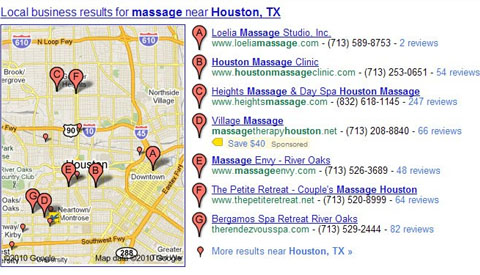
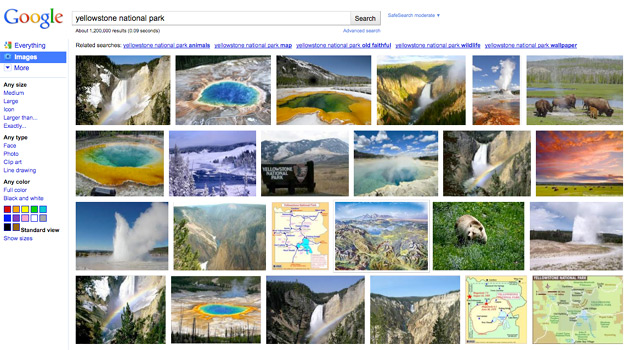
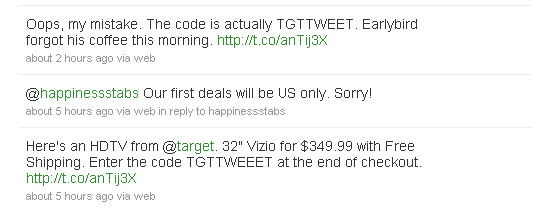
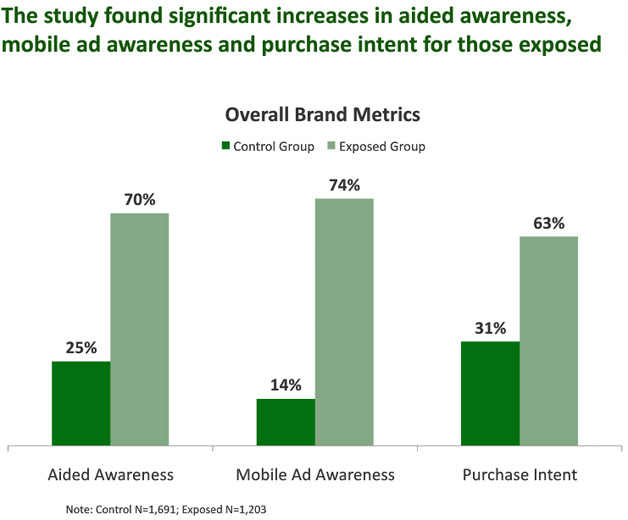
 "Adap.tv is committed to delivering new technologies that pave the way for growth and profitability in the online video industry," said Henk Van Niekerk, Vice President of Business Development at
"Adap.tv is committed to delivering new technologies that pave the way for growth and profitability in the online video industry," said Henk Van Niekerk, Vice President of Business Development at  "Local advertising continues to be an important area of focus for us, and Yahoo is committed to helping local businesses reach high quality target audiences," said Hilary Schneider, executive vice president,
"Local advertising continues to be an important area of focus for us, and Yahoo is committed to helping local businesses reach high quality target audiences," said Hilary Schneider, executive vice president,  To provide a little background info: Omnicom Media Group is the media services division of Omnicom Group, which has over 5,000 clients in 100 countries. It includes three full service media networks, and can, in other words, definitely live up to this commitment.
To provide a little background info: Omnicom Media Group is the media services division of Omnicom Group, which has over 5,000 clients in 100 countries. It includes three full service media networks, and can, in other words, definitely live up to this commitment.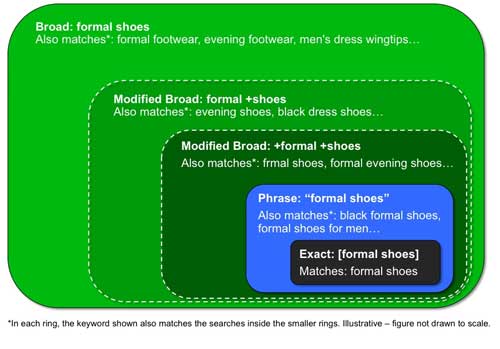

 That’s good news for the search industry, and arguably great news for Bing in particular.
That’s good news for the search industry, and arguably great news for Bing in particular. 
 So too many choices in how to reach consumers is a problem? Is Google going to reduce the number of options available? Well, I guess we’ll see, but at the same time, Schmidt is also quoted about some new interactive video ads Google has in store. Vascellaro reports, "Such ads, which could appear anywhere on a Web page, not just inside a video, would be like mini-Web pages. That means they could allow Web users to watch a video, leave a comment and see real-time updates within the ads that are more customized to their interests." She adds that Schmidt suggested such ads will become "prevalent", but didn’t comment on specific plans.
So too many choices in how to reach consumers is a problem? Is Google going to reduce the number of options available? Well, I guess we’ll see, but at the same time, Schmidt is also quoted about some new interactive video ads Google has in store. Vascellaro reports, "Such ads, which could appear anywhere on a Web page, not just inside a video, would be like mini-Web pages. That means they could allow Web users to watch a video, leave a comment and see real-time updates within the ads that are more customized to their interests." She adds that Schmidt suggested such ads will become "prevalent", but didn’t comment on specific plans.  "This new partnership between Zillow and Yahoo! Real Estate creates the opportunity for agents and brokers to reach one of the largest audiences of homebuyers online when they list a home or purchase an ad," said Spencer Rascoff,
"This new partnership between Zillow and Yahoo! Real Estate creates the opportunity for agents and brokers to reach one of the largest audiences of homebuyers online when they list a home or purchase an ad," said Spencer Rascoff,